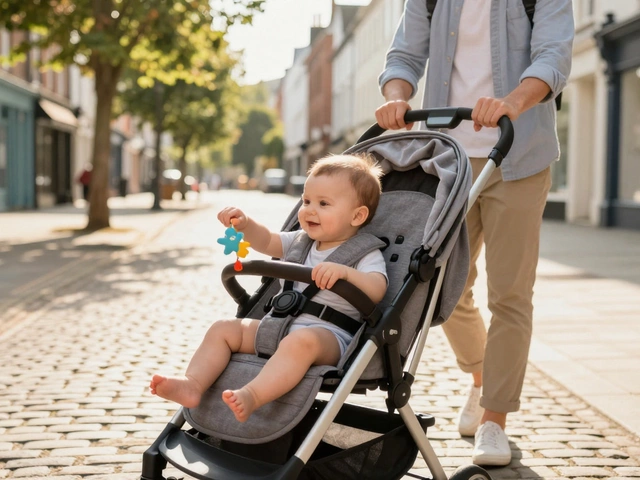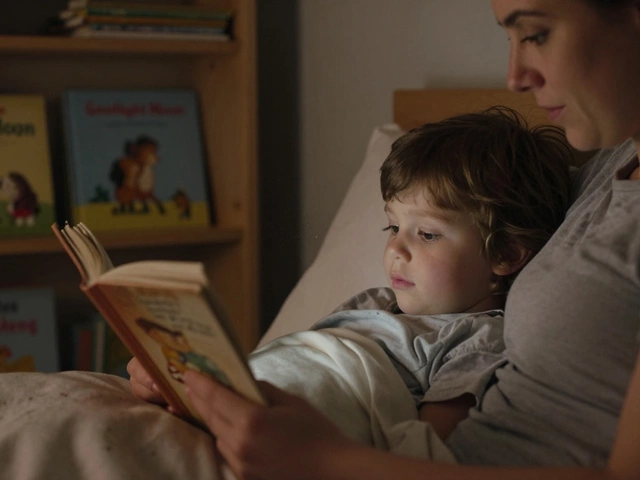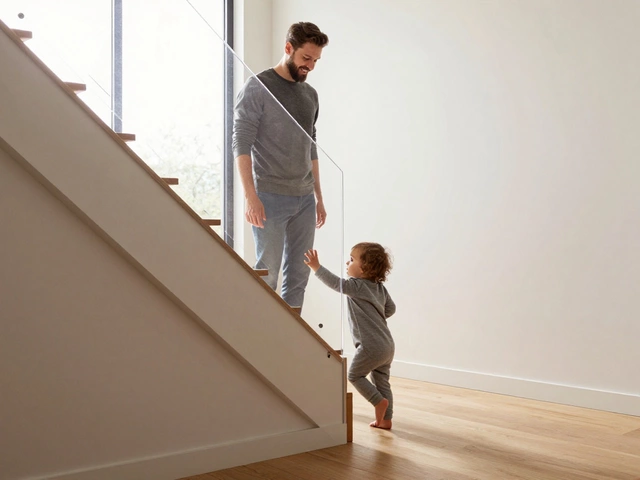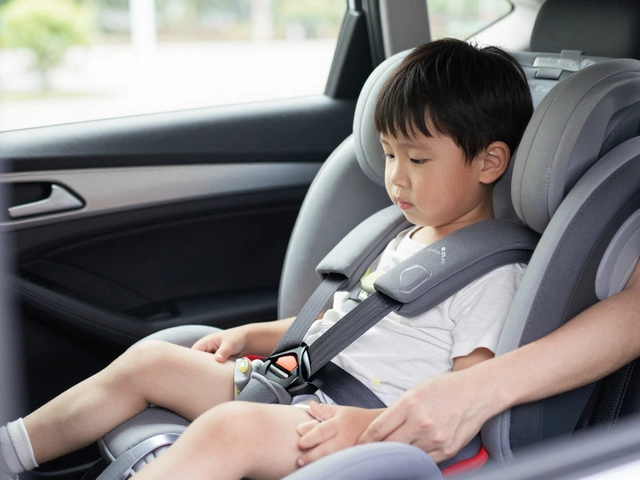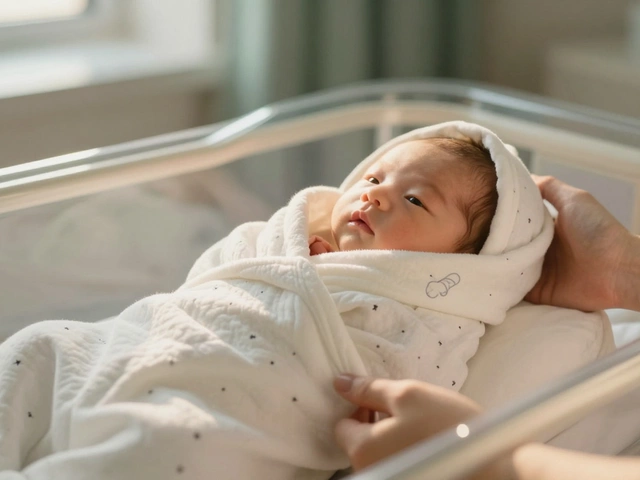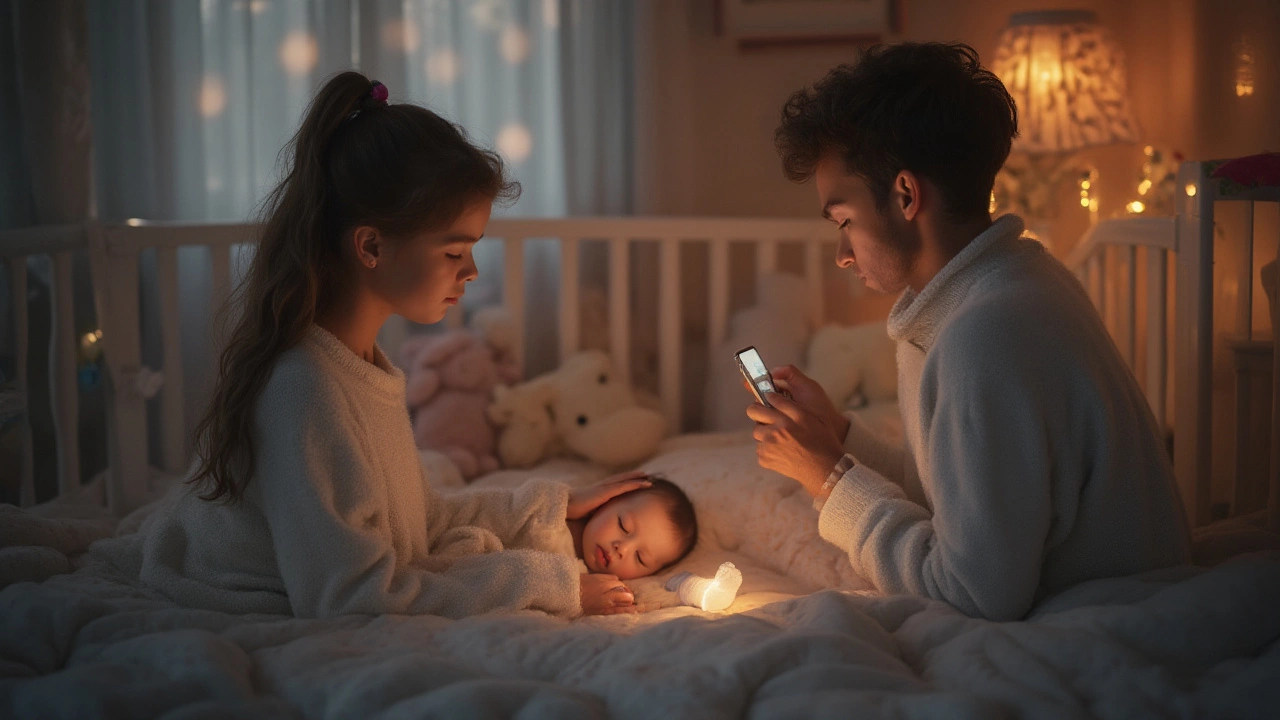
No one warns you how wild the new-mom worry spiral gets until you’re lying awake at 2 a.m. watching your baby breathe. Those soft little grunts, twitchy hands, and that rising panic—what if something goes wrong? The market heard us. Suddenly, here come high-tech gadgets like the Owlet Smart Sock, promising to ease our fears and keep babies safer than ever. But do those glowing numbers and chirpy apps actually stop SIDS, or is it just high-priced peace of mind?
What Is the Owlet Sock and Why Do Parents Love It?
The Owlet Sock looks harmless—just a tiny wearable that wraps around your baby’s foot, tracking heart rate and oxygen levels. If something dips below a set range, you get an alert on your phone (and sometimes a siren blast that’s enough to launch you out of bed). For sleep-deprived caregivers, the appeal isn’t just medical. It’s about knowing, instantly, that your baby’s okay—no more sneaky flashlights or perched-on-the-edge-of-the-crib acrobatics.
Owlet burst onto the scene around 2015, quickly gaining cult status among anxious new parents. Its biggest selling points? Real-time monitoring from anywhere in the house, instantly sharable data for doctor visits, and an (almost) guilt-free way to leave your sleeping child in their own room. According to the company’s own numbers, over 1 million babies have worn an Owlet Sock since launch. Keep in mind, products like the Owlet aren’t medical devices. They don’t claim to prevent, diagnose, or treat anything—at least not officially. That hasn’t stopped parents from hoping, though.
Given how fatigue and paranoia mix after that first diaper blowout, it’s not shocking that the Owlet’s glowing foot light calms frazzled nerves. Many users swear by it for peace of mind. Others say it’s more trouble than it’s worth, with false alarms leading to unnecessary ER trips. Either way, it’s become a must-have registry item for parents in the tech age.
The Science: Does Owlet Really Prevent SIDS?
Now for the question on every weary parent’s lips: does it actually reduce SIDS? Here’s where things get murkier. As of July 2025, there’s no proof from major studies that Owlet directly prevents Sudden Infant Death Syndrome. The company itself admits it. SIDS—a sudden, unexplained death of an apparently healthy infant, usually during sleep—remains a medical mystery. Most SIDS happens in babies less than a year old, and rates have fallen dramatically since the 'Back to Sleep' campaign started in the 1990s. But despite decades of research, there’s no single test or monitor guaranteed to stop it.
The American Academy of Pediatrics (AAP) is pretty clear about this. Their 2022 policy statement: "Home cardiorespiratory monitors are not recommended as a strategy to reduce the incidence of SIDS." The FDA also declined to approve Owlet as a medical device for preventing SIDS, essentially saying there isn’t enough clinical evidence. A 2021 study from Children’s Hospital of Philadelphia found that commercial baby monitors like Owlet sometimes misread oxygen levels or heart rates—leading to unnecessary panic or missing actual problems. And neither Owlet nor any similar monitor appears in current gold-standard SIDS prevention guidelines.
So where does this leave parents? It’s not that the device is useless. Studies and parent experiences suggest Owlet can flag occasional drops in oxygen or abnormal heart rates (for example, in babies with certain sleep disorders or illnesses). But using it as a "magic bullet" for SIDS protection isn’t backed up by reliable science. That’s a tough pill to swallow for parents desperate for reassurance, but it’s better to know the facts than rely on false hope.
Here’s a quick table for reference:
| Monitor | FDA Approved? | Prevents SIDS? | Tracks Vital Signs? |
|---|---|---|---|
| Owlet Smart Sock | No | No | Yes |
| Nanit Plus Monitor | No | No | No (movement only) |
| Traditional Audio Monitor | Not medical | No | No |
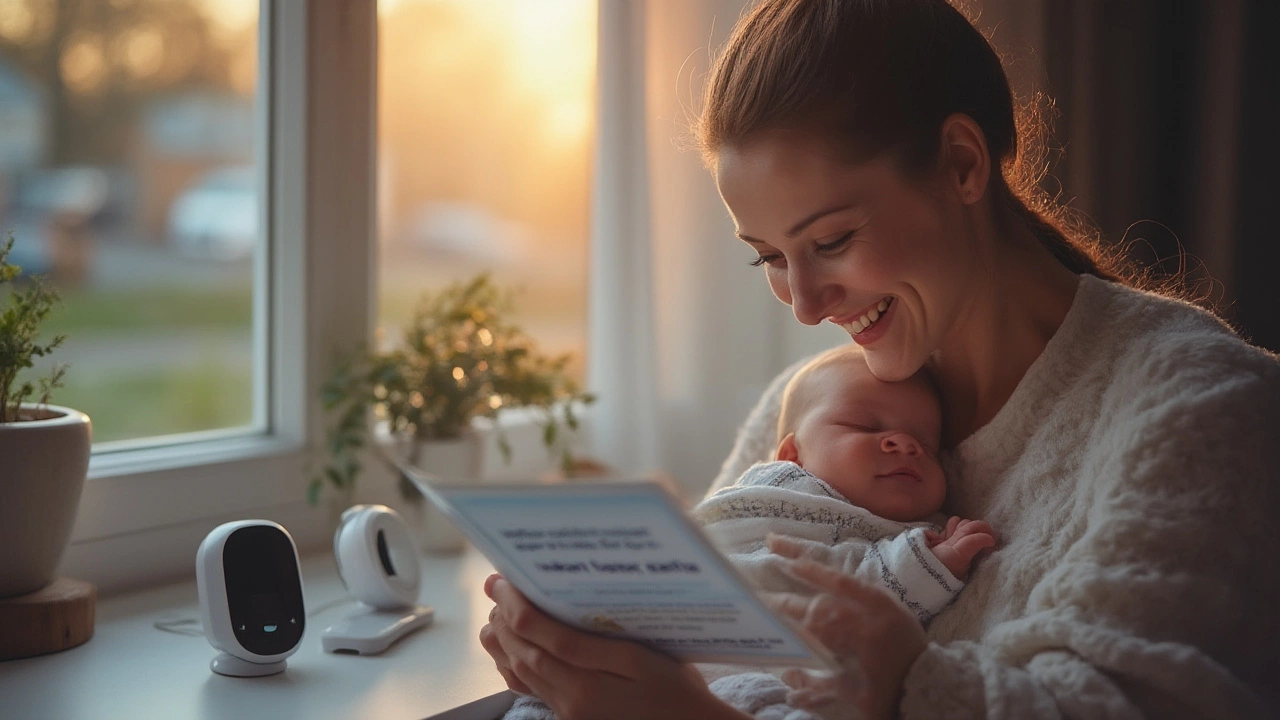
The Real Risks and Rewards of Using Smart Baby Monitors
Just because Owlet doesn’t promise a miracle doesn’t mean it’s a bad buy—far from it. Smart monitors do one thing very well: they give you data. For parents of babies with special medical needs—say, a little one born prematurely or with breathing issues—that information can be absolutely lifesaving.
Still, peace of mind is sometimes a double-edged sword. Some parents warn about “alarm fatigue”—those blissfully sleeping babies who trigger a 4 a.m. siren because their toes wiggled loose, not because they stopped breathing. False alarms sometimes send families racing to the ER in pajamas, only to be told their baby is fine. That can ramp up anxiety faster than scrolling baby forums at midnight.
And what about privacy or tech woes? Owlet, like any smart device, runs on Wi-Fi and Bluetooth. A dead battery or a glitchy app can mean you’re flying blind—or worse, lulled into a false sense of security. For technophobes, all those numbers and charts might be confusing or lead to obsessive checking. Just because something can alert you doesn’t always mean it will (or should).
But there’s still the “soft” value: many parents say the nightly anxiety reduction is worth the price alone, even if they know it won’t prevent SIDS. If you’re going back to work and need grandparents or sitters to check on a baby remotely, that remote monitoring is handy. The point: Owlet is a tool, not a guarantee. Used wisely, it can reduce stress—but it shouldn’t replace actual safe sleep.
What Actually Reduces SIDS? Evidence-Based Safe Sleep Tips
The genuine, proven ways to cut down SIDS risk haven’t changed much in 30 years, and none require Wi-Fi. The “Back to Sleep” campaign, rolled out by the AAP in the mid-90s, dropped SIDS rates in the U.S. by more than 50%. Simple changes add up:
- Always put your baby on their back for sleep—naps and nighttime, every time. Side or tummy sleeping increases risk.
- Keep cribs bare. That means no pillows, blankets, stuffies, or bumpers. A fitted sheet and a flat mattress are safest.
- Room-sharing is safest for at least the first six months, but not bed-sharing (the data on co-sleeping and SIDS is stark—don’t risk it).
- Firm, flat mattress only—never prop with wedges, inclined sleepers, or car seats.
- No smoking, ever, around your baby. Secondhand smoke is a major SIDS risk factor.
- Offer a pacifier at sleep time (once breastfeeding is established)—studies show this lowers SIDS risk, though no one knows exactly why.
- Avoid overheating. Dress baby in light, breathable layers and keep the room at a comfortable temperature.
Some parents worry about not hearing their baby in another room. But even without a fancy monitor, keeping your baby nearby—in a bassinet or crib—has been linked to lower SIDS rates. If you have special medical needs (like prematurity or medical conditions), your pediatrician might recommend extra monitoring, but for most families, these low-tech steps work best.
Here’s a visual of several protective factors:
| Protective Factor | Estimated % Risk Reduction |
|---|---|
| Back Sleeping | ~50% |
| Room Sharing (not bed sharing) | 40-50% |
| Pacifier use | Up to 30% |
| No Soft Bedding | Up to 40% |
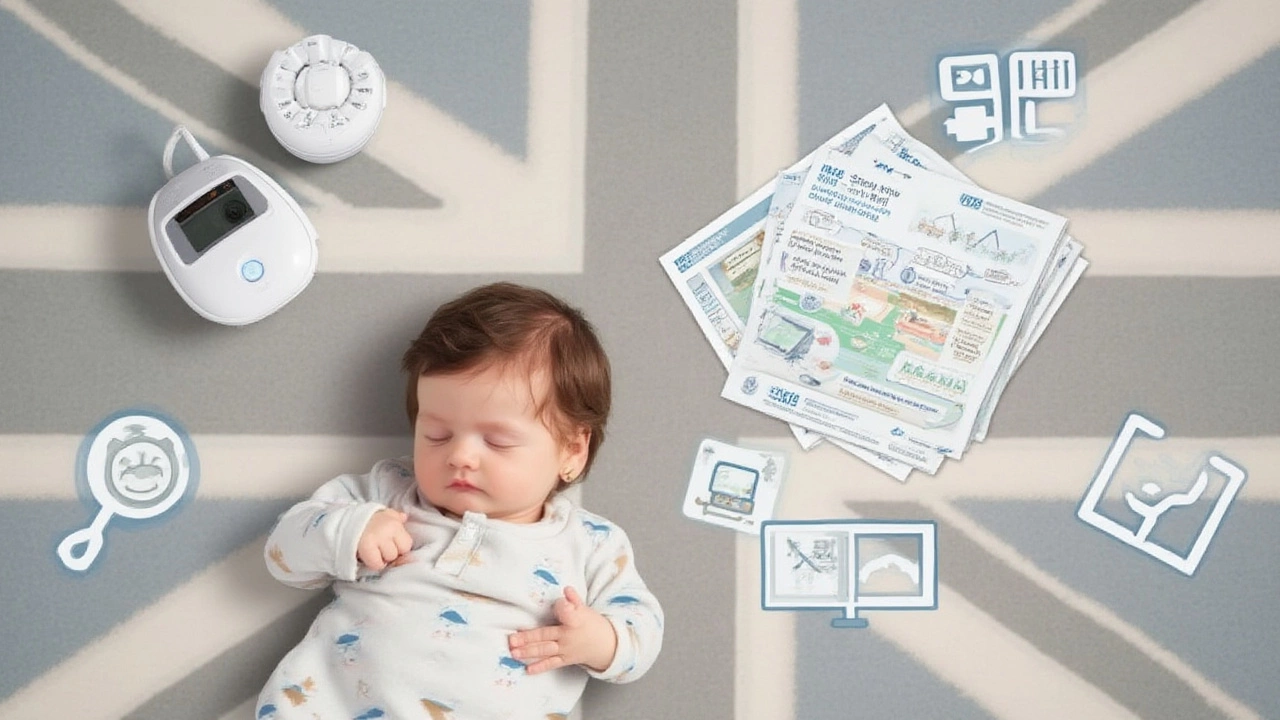
Should You Buy the Owlet for Your Baby?
So, worth it or waste of money? The answer, like most things in parenting, isn’t black-and-white. If you’re buying hoping it will stop SIDS, you’ll be disappointed. No monitor can do that as of 2025. If you want something that may alert you to rare, serious medical problems (outside of SIDS), or you find data comforting, Owlet might make sense. But only as part of a bigger safe sleep plan.
Some questions to ask yourself:
- Does your baby have special health needs that require extra monitoring?
- Would you feel calmer seeing real-time data, or would it make you more anxious?
- Are you likely to treat monitor alarms as gospel, or double-check before panicking?
- Can you afford the device without sacrificing money needed for basics?
- Are you committed to proven safe sleep practices, with or without tech?
One last thing: if you do buy the Owlet, set healthy boundaries. Don’t let beeps and blips steal your sleep or sanity. Panic over every false alarm doesn’t help anybody. Lean into the practices that work: back sleeping, room sharing, bare cribs, and regular pediatric checkups.
Technology is amazing, but it can’t do everything—and there’s no tech in the world more powerful than a parent’s intuition mixed with solid, old-fashioned advice. So breathe, check your baby (once), and trust that you’re doing the best you can. Because really, that’s what parenthood is all about.


